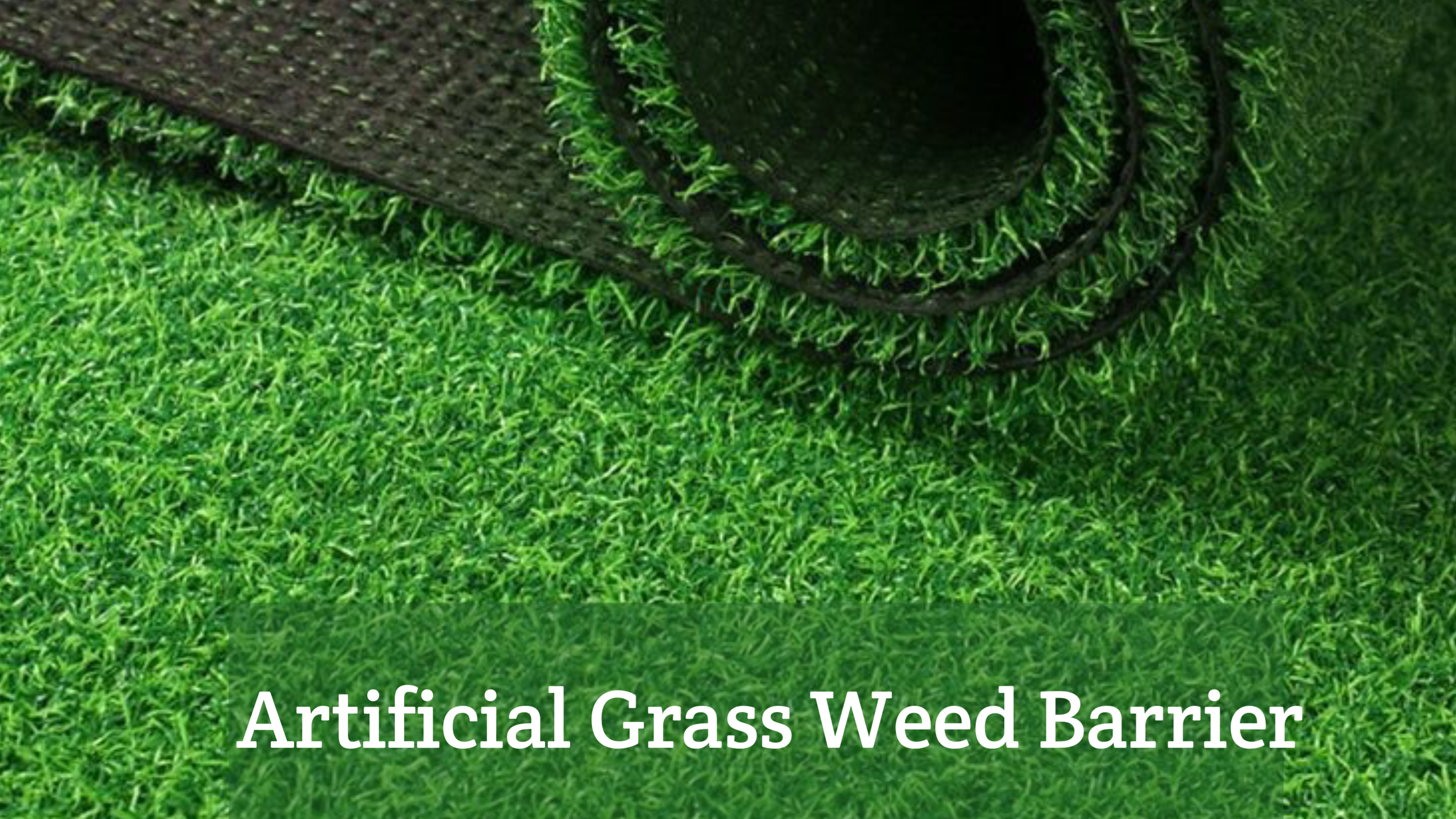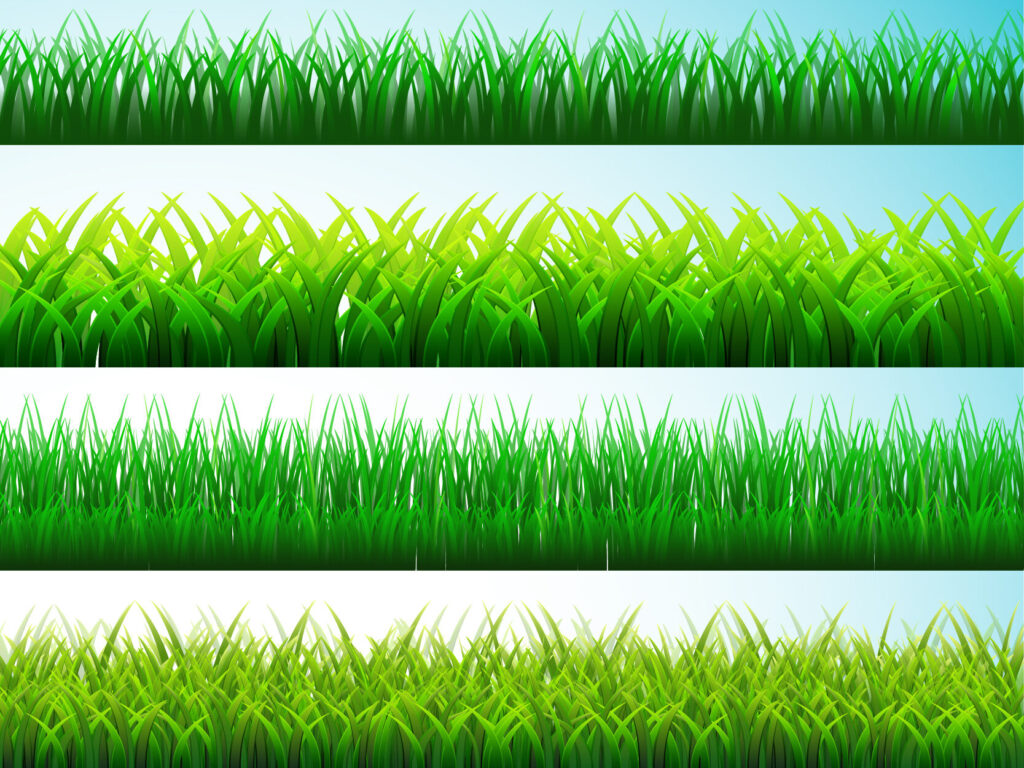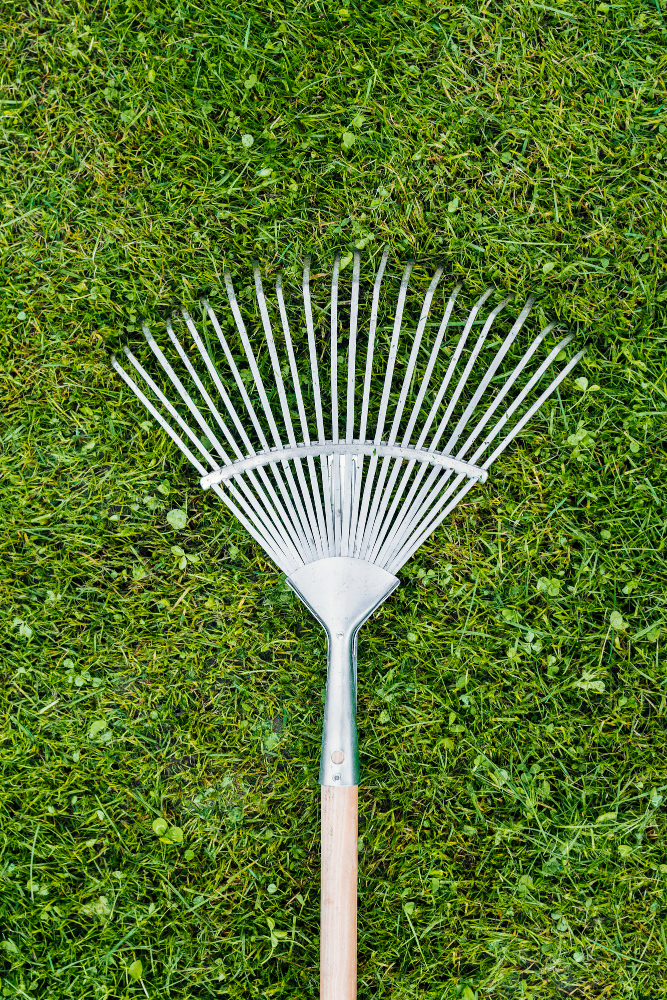
To keep your garden or landscape looking perfect it’s crucial to manage weeds. These unwanted plants not take away nutrients and sunlight from your greenery but also spoil the overall beauty of your outdoor space. One effective way to tackle this issue is, by utilizing a weed barrier. In this guide we’ll delve into why employing a weed barrier is beneficial the various options there and the best practices, for installing them to achieve great outcomes.
What is a Weed Barrier?
A weed barrier is a layer of material placed on top of the soil to stop weeds from growing. It acts as a barrier blocking sunlight from reaching weed seeds, which stops them from sprouting and developing. People often use weed barriers, in gardens flower beds and landscaped areas to reduce the amount of weeding needed making gardening easier to manage.
The Benefits of Using a Weed Barrier
There are plenty of advantages to using a weed barrier that can really improve the health and look of your garden or landscape. Here are some strong reasons to think about incorporating a weed barrier;
1. Effective Weed Control
Using a weed barrier has a benefit, in stopping weed growth. It works by blocking sunlight, which prevents weed seeds from sprouting and settling in your garden. This not cuts down on the hassle of dealing with weeds. Also reduces the need, for chemical herbicides making your garden more environmentally friendly.
2. Reduced Maintenance
Weeding can take up a lot of time and effort in gardens or landscaped spaces. Using a weed barrier can cut down on how you need to weed giving you time to relax in your garden instead of constantly working on it. This is especially helpful, for people, with schedules or those who prefer gardens that’re easy to care for.
3. Improved Soil Moisture Retention
Using weed barriers, fabric ones lets water seep into the soil. Stops evaporation. By doing it keeps the soil moist ensuring that your plants get a water supply. This proves useful during periods or, in areas with little rainfall since it cuts down on the need, for constant watering.
4. Enhanced Soil Health
By stopping the growth of weeds a weed barrier supports the health of your soil. Weeds can often vie with your plants, for nutrients causing a depletion in nutrients. When there are weeds, in your garden your plants can easily obtain the nutrients they require to flourish leading to stronger and more colorful growth.
5. Aesthetic Appeal
Using a weed barrier can keep your garden or landscape looking neat and orderly. By stopping weeds from growing your garden will appear refined and cared for. This is especially crucial, for gardens or landscapes where aestheticsre a top priority.
Types of Weed Barriers
There are kinds of weed barriers, on the market each having its pros and cons. Knowing about the choices can assist you in selecting the suitable weed barrier, for your particular requirements.
1. Fabric Weed Barriers
Weed barriers made of fabric commonly referred to as landscape fabric or geotextiles are widely used for managing weeds. These barriers are crafted from materials that allow the passage of water and air but prevent sunlight from reaching the soil. Different thickness options are available, with thicker fabrics offering weed control.
Advantages:
- Permeable: Allows water and nutrients to reach the soil.
- Durable: Long-lasting and resistant to tearing.
- Versatile: Suitable for various landscaping applications.
Disadvantages:
- May degrade over time: Prolonged exposure to sunlight can cause the fabric to deteriorate.
- Installation requires precision: Improper installation can lead to weed growth through gaps.
2. Plastic Weed Barriers
Plastic weed barriers consist of plastic sheets that block sunlight and water completely. While these barriers are great, at stopping weed growth they do have some downsides.
Advantages:
- Highly effective: Provides complete weed suppression.
- Long-lasting: Resistant to degradation.
Disadvantages:
- Impermeable: Does not allow water or nutrients to reach the soil.
- Heat buildup: Can cause the soil underneath to become excessively hot, potentially harming plants.
- Environmental impact: Plastic barriers are less eco-friendly compared to fabric options.
3. Organic Mulch Weed Barriers
Using materials, like wood chips, straw or compost can act as a barrier against weeds, in your garden. By layering these materials over the soil sunlight is blocked, which helps stop weed seeds from sprouting.
Advantages:
- Natural: Adds organic matter to the soil as it decomposes.
- Improves soil health: Enhances soil structure and fertility.
- Aesthetic: Provides a natural, rustic appearance.
Disadvantages:
- Requires regular replenishment: Mulch decomposes over time and needs to be reapplied.
- Less effective: May not provide as much weed control as fabric or plastic barriers.
How to Install a Weed Barrier
Ensuring your weed barrier is installed correctly is crucial, for its effectiveness. Here is a detailed guide, on how to install a fabric weed barrier;
1. Prepare the Area
Before you start putting down the weed barrier make sure to get rid of any weeds, rocks or debris, in the area. Use a garden hoe. Rake to out the soil and remove any sharp objects that might poke through the barrier.
2. Lay the Fabric
Roll out the fabric. Spread it evenly across the designated area. Make sure the fabric extends past the edges to block weeds from sprouting in between. For spaces you can use landscape staples or pins to keep the fabric in its place.
3. Cut Openings for Plants
If you’re setting up the barrier in a place, with plants there grab some scissors. Make small X shaped cuts in the fabric where you want to plant them. Carefully fold back the flaps. Place the plants in those openings.
4. Cover with Mulch
To improve the look of your garden and prevent weeds place mulch, over the fabric. This will not shield the fabric, from UV rays. Also prolong its life.
5. Regular Maintenance
Although weed barriers do help minimize weed growth it’s important to perform checks on the barrier for tears or openings. If you spot any damage make sure to fix it to stop weeds from spreading.
Conclusion
Integrating a weed barrier into your garden or landscape layout proves to be a method, for managing weeds cutting down on maintenance work and encouraging plant growth. Whether you opt for a fabric, plastic or natural mulch barrier the advantages of employing a weed barrier are clear. By implementing installation methods and taking care of the barrier you can relish in a garden of weeds that enhances both the aesthetics and practicality of your outdoor area.


